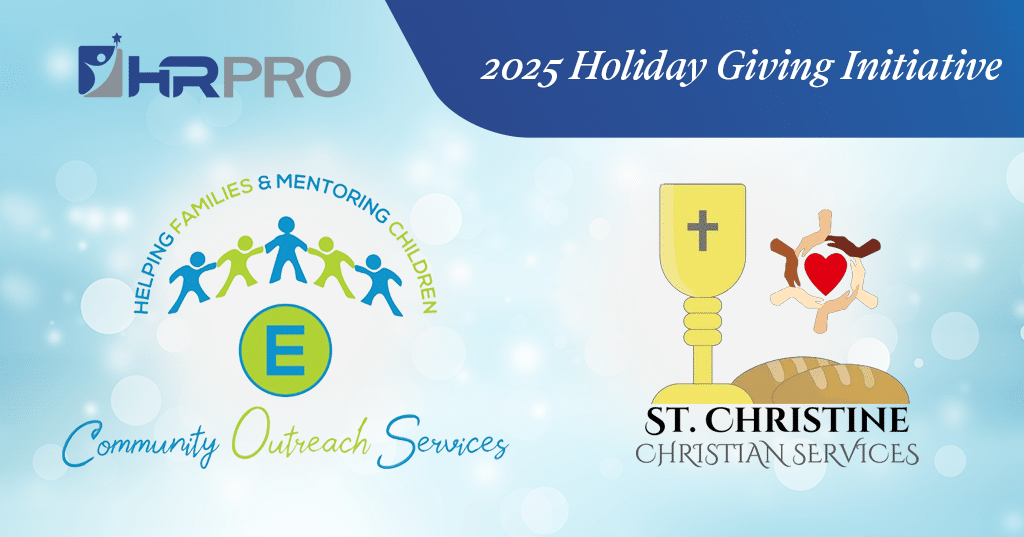
IRS Releases 2025 HSA and EBHRA Contribution and Plan Limits
The Internal Revenue Service (IRS) has released its annual adjustments for Health Savings Accounts (HSAs) and Excepted Benefit Health Reimbursement Arrangements (EBHRAs) for the year 2025. These adjustments are crucial for individuals and families planning their healthcare finances. Let’s break down these changes in a simple, easy-to-understand manner.
What Are HSAs and EBHRAs?
Health Savings Accounts (HSAs): These are savings accounts that allow you to set aside money on a pre-tax basis to pay for qualified medical expenses. HSAs are available to individuals enrolled in high-deductible health plans (HDHPs).
Excepted Benefit Health Reimbursement Arrangements (EBHRAs): These are a type of Health Reimbursement Arrangement (HRA) funded by employers to reimburse employees for certain limited medical expenses. EBHRAs are designed to cover specific benefits such as vision, dental, or other supplementary health benefits that are not covered by traditional health plans.
Key Adjustments for 2025
1. HSA Contribution Limits
For the calendar year 2025, the IRS has adjusted the contribution limits for HSAs:
- Self-only coverage: The maximum annual contribution limit is now $4,300.
- Family coverage: The maximum annual contribution limit is now $8,550.
These limits mean that if you have a high deductible health plan, you can contribute up to these amounts tax-free to your HSA.
2. High Deductible Health Plan (HDHP) Requirements
To qualify for an HSA, your health insurance plan must meet the criteria of a high deductible health plan (HDHP). For 2025, an HDHP is defined as:
- Self-only coverage: A plan with a minimum annual deductible of $1,650 and maximum out-of-pocket expenses of $8,300.
- Family coverage: A plan with a minimum annual deductible of $3,300 and maximum out-of-pocket expenses of $16,600.
These figures represent the minimum deductible and maximum out-of-pocket costs you would need to qualify for an HSA.
3. Excepted Benefit HRA (EBHRA) Maximum
For plan years starting in 2025, the maximum amount an employer can make newly available in an excepted benefit EBHRA is $2,150. Excepted benefit EBHRAs are designed to cover certain limited benefits, such as vision or dental, that are not covered by traditional health plans.
Why These Adjustments Matter
These inflation-adjusted amounts are important for several reasons:
- Tax Planning: Knowing the new limits helps individuals plan their contributions to maximize tax benefits.
- Budgeting for Medical Expenses: Understanding the limits and requirements for HDHPs ensures that individuals can plan their medical expenses and savings accordingly.
- Employer Contributions: Employers offering HRAs need to adjust their contributions to comply with the new limits.
Effective Dates
These adjustments are effective for HSAs and HRAs for the calendar year 2025. It’s important to note these dates to ensure compliance and proper planning.
For a copy of Revenue Procedure 2024-25, click on the link: RP-2024-25 (irs.gov)
For questions, reach out to your dedicated account manager or contact:
HRPro Accounts
248-543-2644 option 4
accounts@hrpro.com



